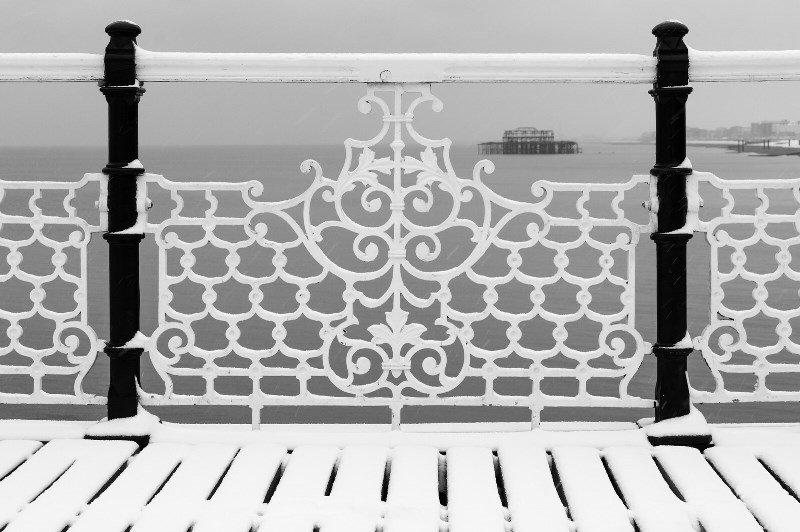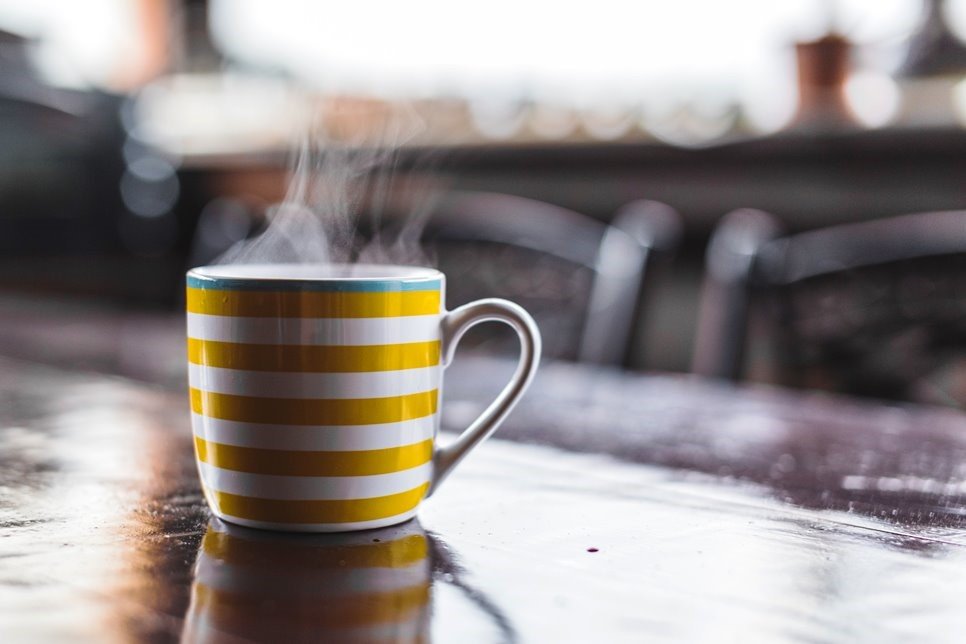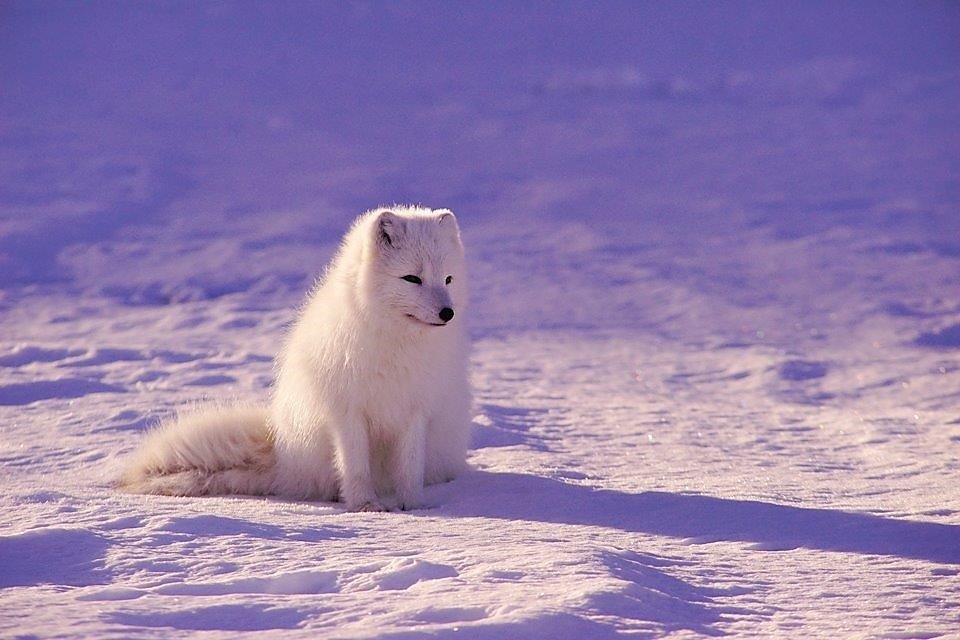
by Fern Shaw | Mar 10, 2020 | water boiler, water cooler
Now that March has arrived, it would be nice to believe that spring isn’t too far off (and it isn’t that far as the new season arrives officially on the 20th of March).
As we Britons are used to radical weather patterns whatever the season, it’s no surprise that the topic remains at the forefront of our communication. Whether (ha) we’re topping up our water at the water cooler station at work i.e. chatting to colleagues (not the water cooler, although should you wish to, please, feel free – even a water cooler can benefit from some attention) or chatting with family or friends or indeed, speaking to strangers.
Irrespective of our opinion about the topic of the weather, there is no denying it has a huge impact on our behavioural patterns; moods; what we eat; our travel patterns; what we wear and what we drink.
Although we may not think about how different our drinking water patterns are depending on our environment, they very much are. When it’s warmer we tend to exert ourselves more and are always on the lookout for the perfectly chilled water, while come the colder months there’s nothing better than a piping hot drink to stave off the chill. This usually means you are more likely to be on the lookout for a hot water boiler that can dispense a constant supply of hot water throughout the day.
If you’re prone to drink more water when it’s warm and less when it’s cold – a gentle reminder that you’re just as likely to become dehydrated in winter as you are in summer, so remember, whatever the weather, make sure to have AquAid address all your hot & cold water cooler requirements. We are always happy to help.

by Fern Shaw | Nov 20, 2019 | water boiler, water cooler
You may have read a recent blog around how becoming dehydrated when it’s colder is more common than we think.
In order to prevent winter dehydration, our first suggestion was to install a hot and cold water cooler or water boiler from AquAid.
Here we follow up with a few helpful tips to make sure you are hydration happy during the colder months:
Kickstart your day with warm lemon water. The benefits are enormous, boosting both your hydration and health levels. If lemon makes you sour, jeuj up your warm water with ginger and a dollop of honey.
Increase your hot drink intake. You don’t need to be bound to drinking only water (although it is a great base) when it’s chilly. There are loads of warm or hot drinks that will not only keep you warm but that also count towards your being hydrated. Think veggie soup etc.
Take the chill off. When it’s cold, our bodies do what they can to preserve our core heat. This includes withdrawing blood from our extremities. With less blood circulating, our kidneys expel more water, which again, can lead to dehydration. To avoid excessive urination, keep active instead of becoming sedentary. The less active you are, the easier it is to become cold.
Watch your breath! When the temperature lowers, you lose more fluid as you breathe. Those puffs of breath are water vapour you’re exhaling. Water being expelled with each exhalation. If you breath is constantly fogging up your glasses or your surrounds, it’s highly likely you need to quench your thirst, post haste, before you become dehydrated. So use your breath as a reminder that you need to keep up your water intake.
However you choose to keep warm these colder months, remember to keep up with drinking water: hydration is equally as important irrespective of the temperatures outside.

by Fern Shaw | Nov 20, 2019 | water boiler, water cooler
Summertime in the UK is a warm and hopefully fond memory, but it’s now time for us to face the incoming chill – and by chill, we’re not referring to the refreshing drinking water dispensed from your AquAid water cooler (more on this later).
From ancient times, humans are wired to seek warmth when the temperatures drop – blame it on our rather thin body cover i.e. skin, unlike that of many of our fellow mammals who cleverly grow thick coats when it’s cold.
It’s therefore no surprise that we easily tend to eschew maintaining our warmer weather hydration habits, as our natural instinct is to associate drinking water more with keeping cool than with keeping adequately hydrated.
This is a mistake though as a survey conducted by the RNLI shows that a staggering 89% of Britons are inadequately hydrated.
It isn’t hard to dehydrate when it’s cold: we tend not to exert ourselves as much in our day-to-day activities (unless we’re exercising) so it’s easy to miss the usual indicators of dehydration. We also may not realise that there are other indicators of water loss that don’t occur when it’s warm.
As we’re wearing more clothing, we’re heavier. This means that our bodies work harder (this can be by as much as between 10% and up to 40%) producing sweat. We often don’t realise we’re sweating as this is absorbed by the additional clothing.
Exhaling water. Another indicator of water loss we may miss is in in the vapour we see when we exhale. That vapour being expelled is yet more water we’re losing.
We tend to urinate more often. Although the mechanism isn’t fully understood, it’s believed that blood is drawn from the extremities when we’re cold. This means reduced blood circulation, consequently our kidneys excrete more water.
But how to combat cold weather dehydration? It’s simpler and easier than one might think. If cool water doesn’t appeal, you can always increase your liquid intake by drinking hot drinks.
The first step is to install a hot and cold water cooler or water boiler from AquAid. This will set you up in an instant, and you’ll be able to maintain your daily water consumption, whatever the weather.

by Fern Shaw | Mar 7, 2019 | Water Boilers, Water Coolers
I always find it fascinating how certain words have certain connotations.
Take the word ‘ginger’. Go on, say it aloud – “Ginger!” What’s the first thing that comes to mind? The hair colour of a much-maligned set of people (with a rather amazing DNA sequence I might add)? Freckles sunburn and Children of the Corn type movies? Or does that word conjure up the spice and *horror for me* glacé ginger pieces and similar undeserving of the title of a Sweet?
Ginger in itself is a rather miraculous spice. Its health-giving benefits are myriad. It contains nearly a dozen antiviral compounds. Ginger is pain-relieving, antiseptic and antioxidant. It is valuable for preventing and treating colds, sore throats and inflammation of mucus membranes.
Ginger reduces pain and fever and has a mild sedative effect that will encourage rest. Drink a tea, or soak fresh ginger in hot water, take as a tincture and include it in your food. Ginger is also delicious in a fruit smoothie or in a healthy water drink combo.
The ginger plant itself: Zingiber officinale is a perennial which can grow to about 3 or 4 feet and produces clusters of pink and white flowers. Although the leaves are sometimes eaten, it is the rhizome or underground stem that is of medicinal and culinary interest. This stem is a chunky root-like thing with a thin brown skin and hard light flesh inside. It is often erroneously called ginger root since the rhizome resembles a root but this is actually not the root of the plant at all but an underground ‘stem’.
Despite it not being a favourite, I can attest to ginger’s stomach calming and settling effects, as well as its ability to both cleanse and invigorate the palate.
The versatility of ginger is such that you can steep it in hot water from your water boiler or let it infuse in cool water drawn from your water cooler and sip on it throughout the day – it’ll help to keep you shored up and resistant to all the workplace chills and summer and winter colds.
*updated from a 2014 blog

by Fern Shaw | Feb 11, 2019 | Water Boilers, water cooler
We often, somewhat mistakenly, assume that keeping hydrated during winter is less important than in summer. As it turns out, the opposite is true.
In winter, in an effort to keep warm, we rely on using heaters, hairdryers and hats which quite literally suck the moisture and oils right out of our bodies, skin and hair. When we’re outside, low humidity and gusty winds don’t help much either.
The good news though is that there are a number of easy hydration options available to keep you smooth skinned, glossy haired and properly hydrated internally too:
Wear layers
Trapping small pockets of air between layers is better than wearing one big chunky coat. A wool or fleece layer is a good idea, as it will be soft and lightweight, and warm air is more easily trapped in the fibres. Fabrics with a piled, terry or textured finish will also be effective at trapping air.
Exercise and keep hydrated!
The urge to hibernate when it is cold is understandable, without the sunshine outside enabling us to soak up Vitamin D; hibernation is a completely natural reaction. That’s why it’s especially important to keep active wherever you can, whether that involves brisk walks (weather permitting) and other alternate forms of exercise: yoga is a good example – it doesn’t have to be a gym.
Because you also need to keep drinking water when the temperatures dip, try to develop a routine at work where you sip throughout the day. One option whether at home or at work, is to use a smaller glass or water bottle. It may mean more trips to the water cooler, but if you’re walking more, that’s being active and when it’s colder, every step counts.
Body scrubs and oils
Frigid temperatures and dry indoor heat cause water to evaporate from your skin because there’s more moisture in it than in the air. Bundling up doesn’t help matters – all those layers keep skin from breathing. Fight back with a one-two punch of body scrub and moisturising lotion or oil. Once a week, exfoliate with a body scrub to help slough off dead cells that make skin look dull. You’ll also find that giving your skin a brisk scrub will warm you right up too. When skin is freshly exfoliated, lotion and oil are better absorbed. To maintain hydration, smooth on the lotion daily after a shower.*
‘Eat’ your water
Fruit and veggies are packed with water, that high water content adds volume and keeps you satisfied without the calories. Soups are also a great way to sneak in some extra water. At AquAid we offer a range of hot and cold water coolers and water boilers which allow you to make your favourite hot water drink while at work or at home.
Maintain a good drinking water habit
Drinking enough water, as boring as it sounds, is still the simplest route to maintaining good ‘external’ physical health. We need to be well hydrated in order to maintain supple skin and unfrizzed hair.
 Being fussy can help
Being fussy can help
A lot of us just don’t like drinking water, period. Try adopting a different approach. Try drinking your water at room temperature. If you’re into branded gear (this isn’t just a children’s domain), then use your favourite cartoon character branded water bottle to drink from if it makes your happy. Figure out what appeals to you. And since your ability to recognise your thirst worsens as you age, today, early this New Year is a good a time as any to start to begin a ‘maintaining good hydration’ habit.
*updated from an 8 Jan 2015 blog






 Being fussy can help
Being fussy can help